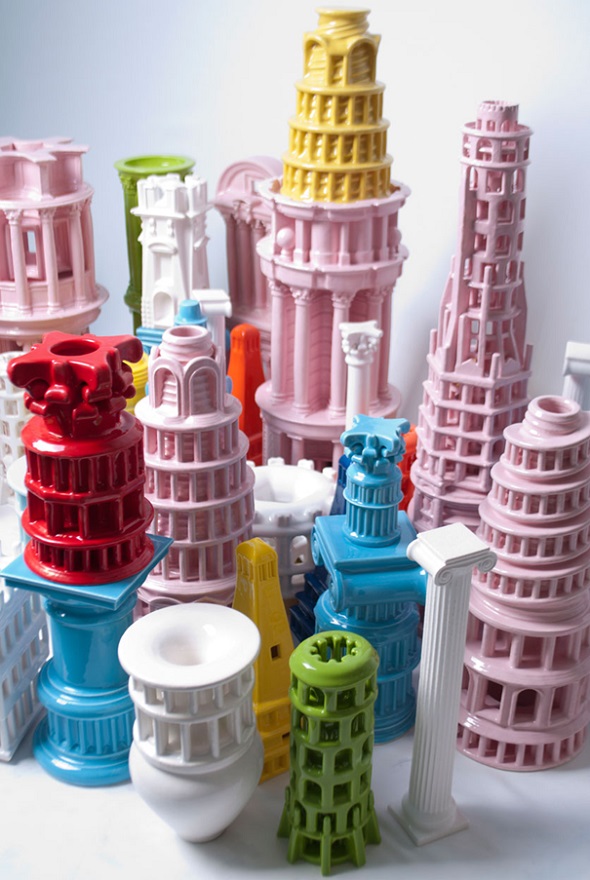
“Although early works were not great, I was very excited to make new ceramic objects.”Īs the pneumatic clay extruder could not print more complex objects, Taekyeom designed a new clay extruder with an auger screw. It required multiple test prints to figure out the right psi and slicing configurations. Although clay extruder was reliable, it was still difficult to print clay. After three prototypes using PVC pipe, the 4th version was working properly. “The trickiest part was making it airtight and have it resist up to 80 psi” he says. His first attempt was using glue dispensers, they weren’t the best solution. Once the 3D printer was built, he designed a new clay extruder. I learn something from every failure and success.” Much like other designers who highly value the power of the design process.

“I made a prototype with an idea, tested the prototype, documented the result, and made another prototype. He had to go through a trial-and- error phase until he managed to get a workable machine. Since he was new to the world of 3D printing, it was not an easy task to build this new version. Since the first printer was not able to print large ceramic type and objects, he wanted to build a scaled up version to print larger ceramic object. “Simply put, I made my own tools to make something I wasn’t able to make with my own hands,” he says. Because there was no ceramic 3D printer available for him, he needed to make his own. For him, the most exciting feature of the DIY 3D printer is that he can build his own tool and customize it to make something new. He played and tested with the open source 3D printers in order to figure out what he can do with this new tool and technology. In the summer of 2015, he purchased a DIY 3D printer kit. His ceramic 3D printer was built based on a delta style 3D printer. I can make more intricate and variety of modular designs with the new tool,” he explains. “Especially, desktop 3D printing drew my attention because I do not need the space and equipment for a clay studio.

Taekyeom thought of combining typography, ceramic and 3D printing.

About a year ago, a new idea came to mind. He has made three-dimensional ceramic type as a series of typographic explorations to strive challenge and seek a new way to create tangible type in the three-dimensional space. This research reflects on the development of the digital fabrication and the unconventional typographic practices in the new digital age. His research explores unconventional methods of creating three-dimensional type with materials and techniques unique to type design - such as ceramics and desktop 3D printing. Taekyeom’s project branched out from his academic research interest. Related Story 3D Potter And Emerging Objects Announced The Largest 3D Ceramic Printer Made To Date


 0 kommentar(er)
0 kommentar(er)
